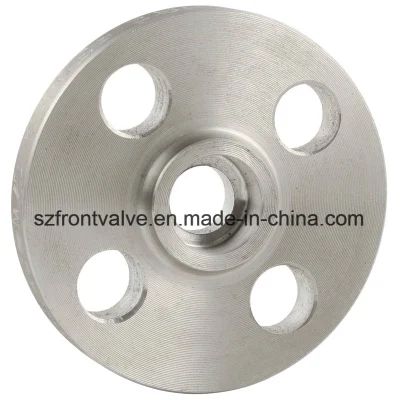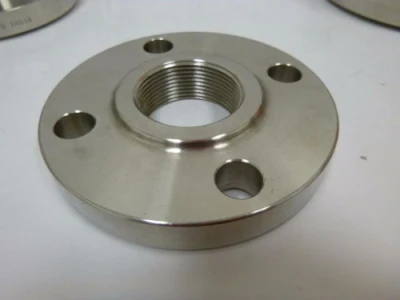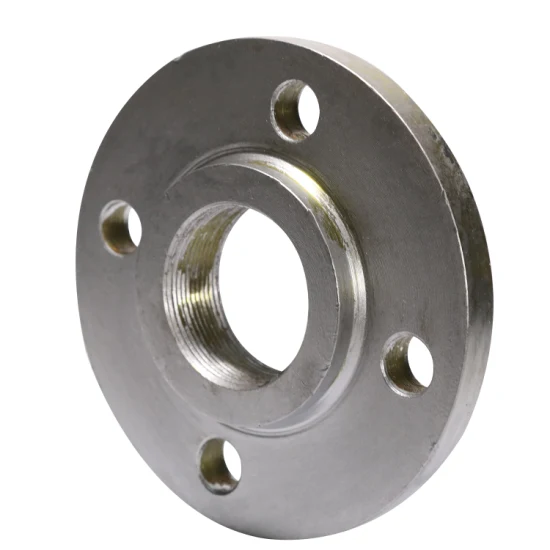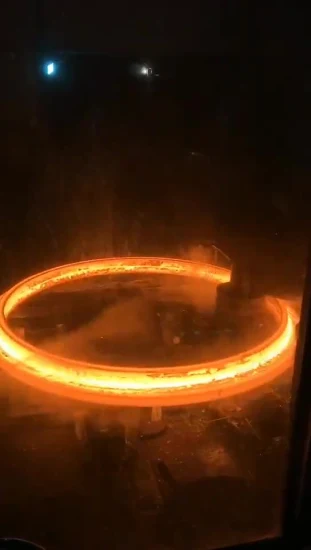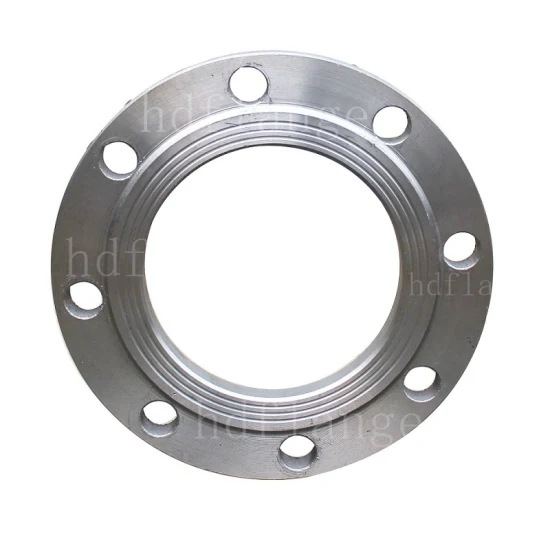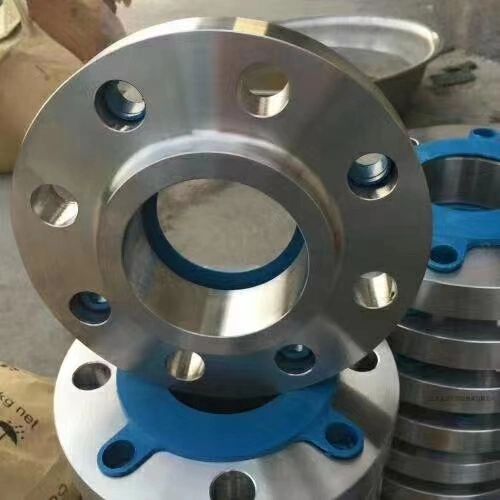
Passage intégral fileté industriel d'acier inoxydable et robinet à tournant sphérique à alésage réduit 1PC/2PC/3PC
Informations produit configurées Série réparable : vanne à boisseau sphérique en acier inoxydable 304/304L/316/316L à o
Envoyez votre demandeDESCRIPTION
Informations de base
| Modèle NON. | BWGCB105 |
| Structure | Vanne à bille flottante |
| Taper | Vanne à bille flottante |
| Fonction | Vanne de purge |
| Température | Température normale |
| Standard | DIN, ANSI, JIS, etc. |
| Application | Usage industriel, Usage industriel de l'eau, Usage domestique |
| Fil | NPT Bsp BSPT DIN2999 |
| Technique | Fonderie |
| Assistance personnalisée | ODM OEM |
| Moyen | Eau, Pétrole, Gaz |
| Température de travail. | -20ºC ~200ºC |
| La connexion se termine | Socket Weld ou fileté : NPT, Bsp, BSPT, etc. |
| Pression | 150lb, 1000wog, 2000wog, Pn16, Pn64 |
| Certificat | ISO9001: 2000,CE |
| Type de connexion générale | Femelle NPT |
| Forfait transport | Carton + sac en plastique |
| spécification | 1/4′′ - 4′′ |
| Marque déposée | BEWIN |
| Origine | Hebei, Chine |
| Code SH | 8481804090 |
| Capacité de production | 500000 |
Description du produit
Informations produit configurées
Série réparable : vanne à boisseau sphérique en acier inoxydable 304/304L/316/316L à orifice standard. Le joint de corps et le joint de tige sont en PTFE renforcé de verre. Les sièges sont en RPTFE. Plage de température -20 °F à 400 °F (-28,8 °C à 204,4 °C). Pression nominale du corps de la vanne Vapeur saturée CWP de 1 000 psi à 150 psi et une cote de vide de 20 microns. Conception de joint de tige à compensation automatique. Les produits sont commercialisés selon les conditions générales de la vanne. Tous les produits de valve sont fabriqués en Chine. L'opérateur de valve est une poignée manuelle de style levier en acier inoxydable avec une poignée en vinyle sécurisée avec un écrou de tige de verrouillage.
spécification
| Vendable | Oui |
| Type de soupape | Bidirectionnel, MARCHE/ARRÊT |
| Style de soupape | Vanne à deux billes en deux parties |
| Taille de vanne | 1/4''-4'' |
| Matériau du corps de vanne | Acier inoxydable |
| Plage de température de la vanne | -20 °F à 400 °F (-28,8 °C à 204,4 °C) |
| Pression nominale de la vanne | 1 000 PSI CWP (pression de travail à froid), vapeur saturée 150 PSI |
| Application | Appliqué au système de canalisation d'acier inoxydable, au système d'eau, au système d'essence etc. |
| La connexion se termine | Soudure à emboîture ou filetée : NPT, BSP, BSPT, etc. |
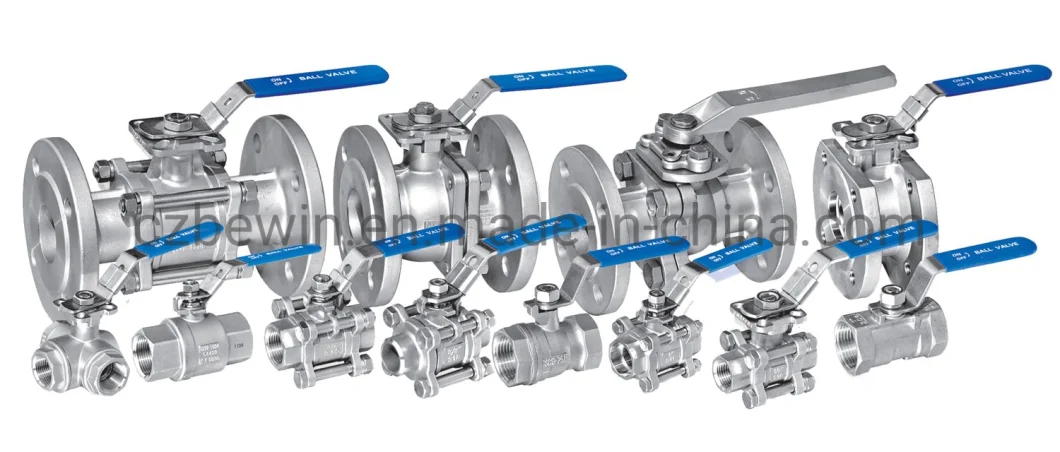
| Article | Désignation | Matériel |
| 1 | Couverture plastique | PVCPlastique |
| 2 | Gérer | SUS304 |
| 3 | Écrou de presse-étoupe | SUS304 |
| 4 | Écrou de tige | SUS304 |
| 5 | Rondelle élastique | SUS304 |
| 6 | Emballage de tige | PTFE |
| 7 | Rondelle de butée | PTFE |
| 8 | Corps Joint | PTFE |
| 9 | Casquette | CF8/CF8M |
| dix | Corps | CF8/CF8M |
| 11 | Siège | RPTFE |
| 12 | Balle | CF8/CF8M |
| 13 | Tige | SUS304 |
1.1000PSI/PN632.Reduce Port3.Investment Casting4.Blow out Proof Stem5.Locking Device Handle(Option)6.PED97/23/EC(CE0036) Approved7.Casting Approved Ad2000-W08.Thread: ASME B1.20.1, BS21.0, DIN2999/259, ISO 228-1, JIS B0203, ISO 7/19. Tests d'inspection : API598, EN 12266
Informations sur la société
Le pipeline Cangzhou Bewin est situé dans la ville de Cangzhou, province du Hebei. Nos principaux produits sont toutes sortes de robinet à tournant sphérique en acier inoxydable, robinet à soupape, robinet-vanne, crépine, raccord rapide et raccords. La société présente le processus avancé de coulée de précision à la cire perdue au sol de silicium, des équipements de coulée bien équipés, des machines CNC de haute précision et un centre d'usinage. Sur le plan des tests, nous avons un spectrographe ARL suisse, un microscope métallurgique, un testeur de dureté, une machine d'essai universelle, un instrument de test tridimensionnel et autre. Nous avons une ligne de production complète allant de la conception des moules au moulage, à l'usinage et au traitement de surface. Sur le plan technique, nous avons une forte capacité de R&D technique pour répondre aux demandes de processus spéciaux des clients, telles que les cavités profondes et complexes, le positionnement précis, etc.
Emballage&LivraisonEmballage1.Polybag+Cartons+Pallet2.Inner Carton Box, Outside Wooden Case/Pallet3.Customized selon les exigences du client.Delivery Details1.Les délais de livraison normaux sont de 15 à 45 jours après réception du dépôt2.Selon les quantités et les spécifications de chaque commandeExpédition1. Transport de grande quantité par Sea2. Transport de petites quantités ou d'échantillons par avion3. Transport intérieur par train4. Expédition selon l'exigence de clients PORT : Port de Xingang, port de Qingdao, aéroport de Pékin

Produits connexes
-
![Vanne d'inversion de dérivation de débit à serrage hygiénique en acier inoxydable avec actionneur pneumatique]()
Vanne d'inversion de dérivation de débit à serrage hygiénique en acier inoxydable avec actionneur pneumatique
-
![Raccord de tuyau d'accouplement Camlock]()
Raccord de tuyau d'accouplement Camlock
-
![China-Factory-High-Quality aluminium/cuivre/laiton /PP raccords de couplage Camlock en acier inoxydable]()
China-Factory-High-Quality aluminium/cuivre/laiton /PP raccords de couplage Camlock en acier inoxydable
-
![Bride ASME B16.5 Classe 150 Glisser sur la bride à face surélevée]()
Bride ASME B16.5 Classe 150 Glisser sur la bride à face surélevée



